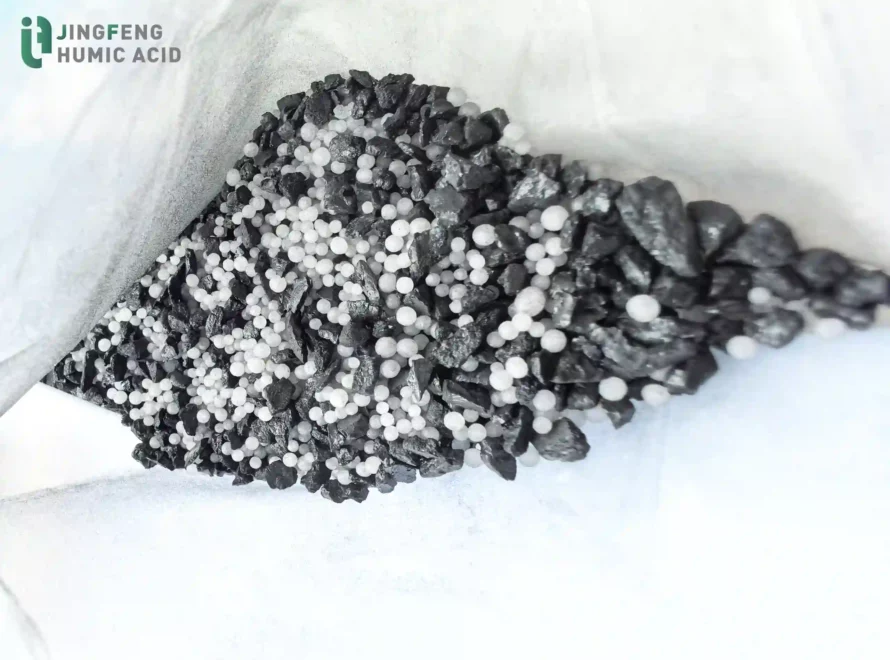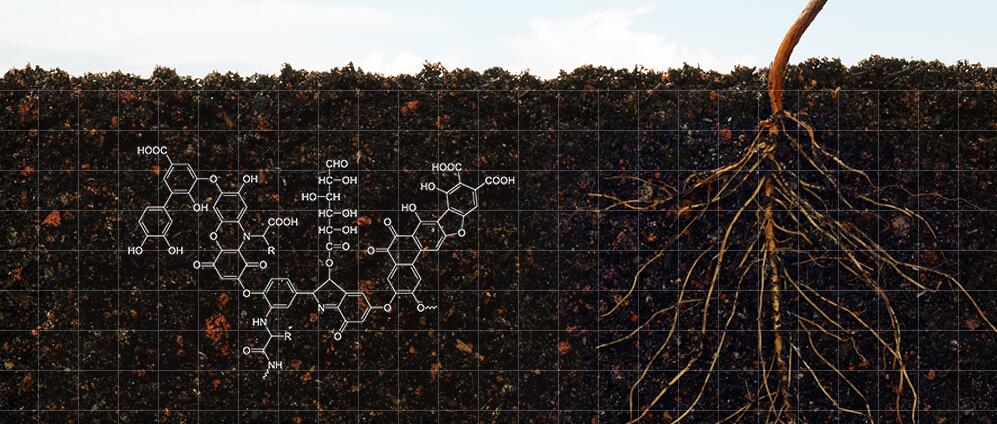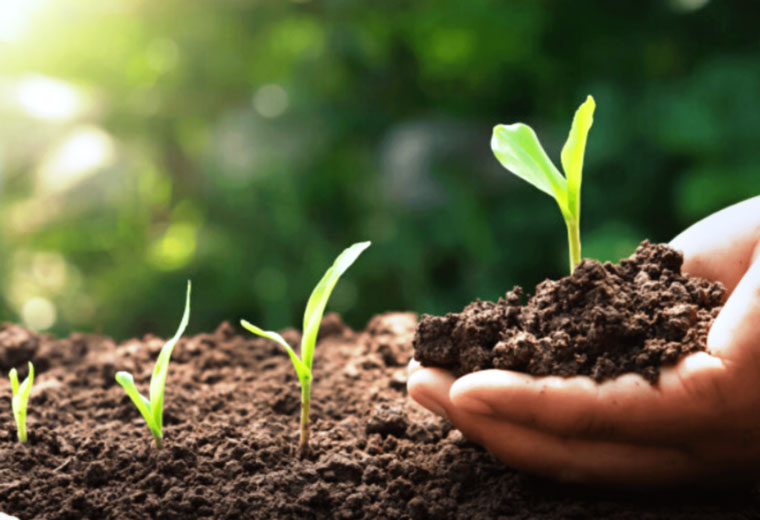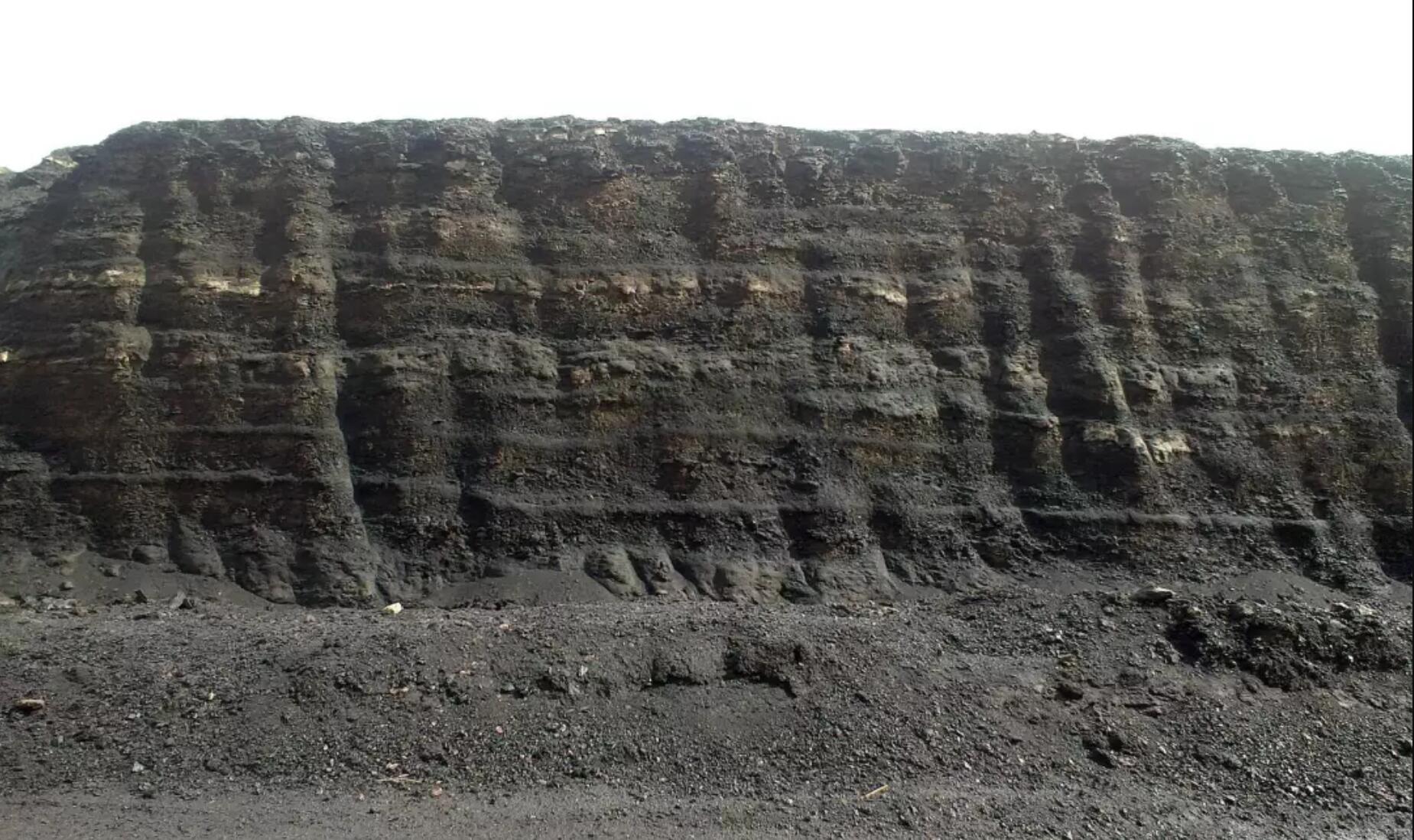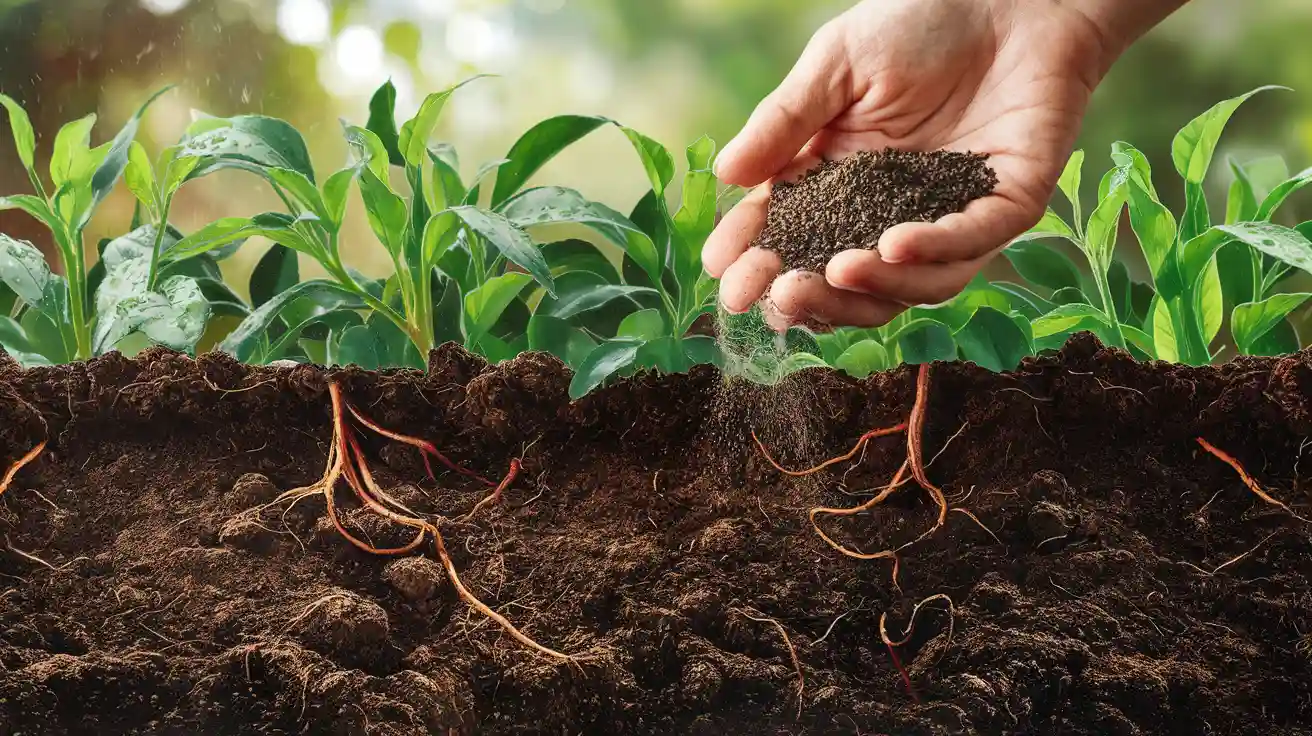
Humic extract is a natural material from organic stuff like lignite. It helps soil by making nutrients easier to use and holding water better. It also increases the activity of tiny living things in the soil. Studies show humic substances can raise organic carbon by 21.4 g/kg in 28 days. They also add important nutrients like nitrogen, phosphorus, and potassium to the soil. Research shows they act like hormones, helping plants grow and stay healthy. By improving soil structure and helping microorganisms, humic extract turns poor soil into rich, plant-friendly ground.
Key Takeaways
- Humic extract helps soil by making nutrients easier for plants. This leads to stronger and healthier plant growth.
- Humic acids help soil keep water longer. Plants can stay hydrated even in dry times.
- Humic substances help good microbes in the soil. This improves soil quality and plant health.
- Adding humic extract can turn bad soil into rich, healthy soil for gardens and farms.
- Using humic extract in farming means less need for chemical fertilizers. This helps the environment stay healthy.
What is Humic Extract?
Humic extract is a natural helper made from old organic stuff. It improves soil by making nutrients easier to use, helping microbes, and holding water better. To see its value, you need to know what it’s made of and where it comes from.
Composition of Humic Substances
Humic substances are groups of organic molecules that improve soil. They include humic acid, fulvic acid, and humin, each with special traits. Humic acids have parts like phenolic and carboxylic acids. These parts help them connect with nutrients and metals, making them easier for plants to use.
Here’s a simple look at the main parts of humic substances:
| Part Name | What It Does |
|---|---|
| Aromatic Nuclei | Molecules with special shapes that help with soil reactions. |
| Functional Groups | Parts that give humic acids their reactivity and charge. |
| Acidity | Humic acids act like weak acids with specific properties. |
| Charge Density | Helps them interact with metal ions in the soil. |
| Major Components | Includes things like sugars, phenols, and catechols. |
| Complex Formation | Can bond with ions like magnesium and iron. |
| Humus | A big part of soil made from decayed plants and animals. |
| Classification | Divided into humin, humic acid, and fulvic acid based on how they dissolve. |
These parts make humic substances very active and important for soil health. Fulvic acid, which is smaller and dissolves better, helps plants by delivering nutrients directly.
Humic substances also have sugars, fats, and proteins. Together, they make up most of the organic matter in soil, showing how vital they are.
Origin and Sources of Humic Acids
Humic acids come from the breakdown of plants and animals over time. Microbes break this material into stable compounds through a process called humification. This can take thousands of years, creating humic-rich materials like peat and lignite.
Main sources of humic acids include:
- Lignite and Leonardite: These soft coals are rich in humic acids and great for farming.
- Peat: Found in wetlands, peat has humic acids but is less eco-friendly to collect.
- Compost and Farm Waste: These give humic-like acids similar to natural ones.
- Seaweed and Organic Soils: These renewable sources are good for sustainable farming.
To get humic acids, people use alkaline solutions to dissolve them. New methods, like using sound waves, make this process faster and better.
Humic acids can differ by location. For example, lignite in Gujarat has unique traits due to local weather and organic inputs. This shows how humic substances adapt to different environments.
By learning about humic acids’ makeup and origins, you can see why they are key to healthy soil. Whether from lignite or compost, humic extracts are a green way to boost soil and help plants grow.
Benefits of Humic Extract for Soil Health
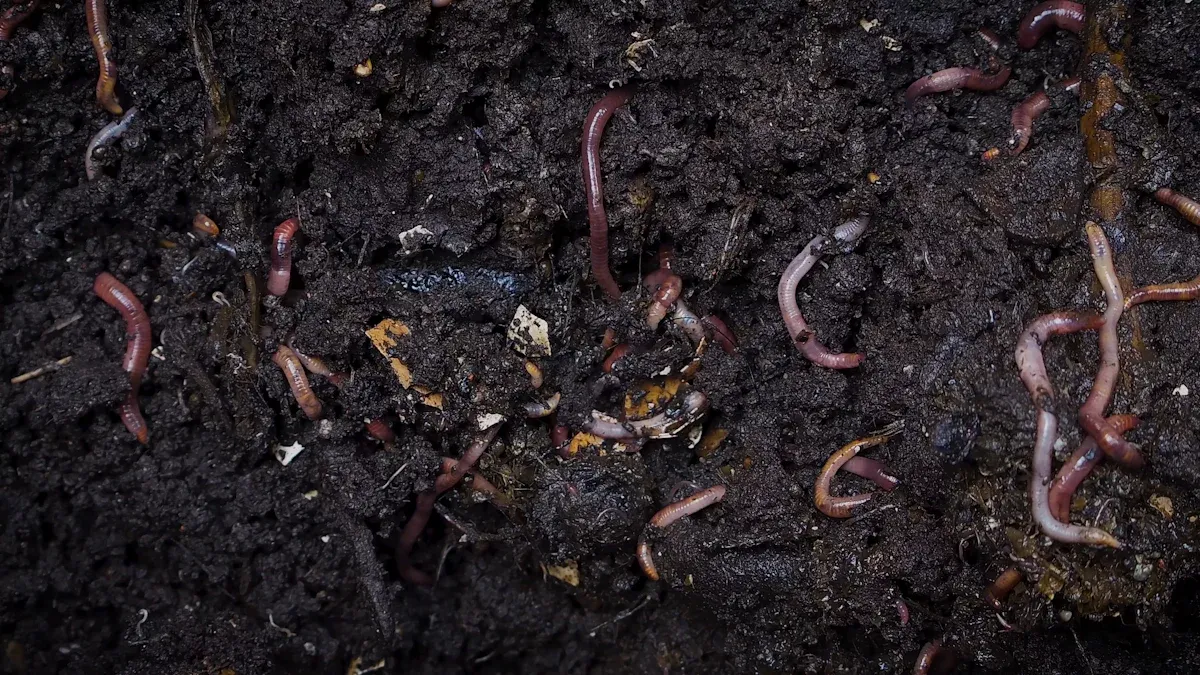
Helping Plants Absorb Nutrients Better
Humic acids help plants take in nutrients more easily. When added to soil, they connect nutrients to plant roots. These acids attach to elements like nitrogen, phosphorus, and potassium. This makes nutrients easier for plants to use. Plants grow better when they get the nutrients they need.
Research shows humic acids improve how plants get nutrients. For example:
- They help plants absorb small and large nutrients.
- They provide nitrogen, phosphorus, and potassium to plants.
- They move tiny nutrients to plants for a balanced diet.
Products like Humistar and KHUMIC-100 show these benefits. Humistar helps plants take in nutrients and improves soil texture. KHUMIC-100 boosts nutrient use and helps plants grow. These products turn poor soil into rich soil for plants.
Making Soil Stronger and Holding Water Better
Good soil structure is important for plants to grow well. Humic acids make soil crumbly, which helps air and water move through it. This is great for roots to grow.
Humic acids also help soil hold water longer. They make sure plants have water during dry times. Studies show humic acids can:
- Help water soak into soil better by 9.92%.
- Slow down how fast water dries up in soil.
- Store more water and use it more efficiently.
Products like LIQHUMUS® Liquid and HUMAC® Agro show these benefits. LIQHUMUS® Liquid helps soil keep water and seeds grow better. HUMAC® Agro holds water and helps plants use nutrients well. Using humic acids makes soil better for plants and saves water.
Helping Tiny Living Things in Soil
Tiny organisms in soil are important for healthy soil. Humic substances feed these microbes, helping them grow and work better. Microbes break down organic stuff, releasing nutrients for plants.
Studies show humic substances help good microbes grow and reduce bad ones. For example, research on tomato plants showed humic substances increased helpful bacteria like Frigoribacterium sp. and Hymenobacter sp. They also lowered harmful bacteria, making plants stronger.
Products like Turbo Root show how humic substances help microbes. Turbo Root supports good microbes, improving soil and nutrient use. Adding humic substances to soil helps microbes thrive and supports healthy plants and farming.
How to Use Humic Extract
Ways to Apply for Gardens, Farms, and Potted Plants
How you use humic extract matters for good results. Different methods help soil and plants in unique ways. Here are some common ways to use humic acids:
| How to Apply | What It Helps With |
|---|---|
| Add to Soil | Makes soil richer, holds water, and improves structure. |
| Spray on Leaves | Helps plants absorb nutrients, especially small ones. |
| Treat Seeds | Helps seeds sprout and grow strong roots. |
| Mix with Fertilizer | Helps plants use nutrients better, especially phosphorus. |
For gardens, mix humic acids into the soil to make it better. For potted plants, spray leaves to give them nutrients quickly. On farms, treat seeds with humic acids to help roots grow early. Mixing humic acids with fertilizer helps plants get more nutrients, especially phosphorus.
How Much and How Often to Use Humic Acids
Using the right amount of humic acids is very important. Too much wastes it, and too little won’t help much. For gardens, use 1-2 ounces in a gallon of water every 2-4 weeks. On farms, apply 5-10 pounds per acre based on soil and crops. For potted plants, use a weak mix once a month to keep soil healthy.
Fulvic acid, a smaller part of humic substances, works faster. It’s great for spraying on leaves or treating seeds. Use fulvic acid weekly to help plants take in nutrients and grow better. Always check the product label for exact instructions, as strengths can differ.
By using humic acids the right way, you can turn bad soil into great soil. Whether you garden, farm, or love plants, humic extract is a green way to grow healthy plants and improve soil.
Environmental and Agricultural Impact of Humic Substances

Sustainability Benefits of Humic Extract
Humic extracts are great for farming and the environment. They make soil healthier by adding organic carbon and improving nutrient exchange. This helps nitrogen work better and boosts tiny soil organisms. Humic acids also help soil hold water, saving water in dry areas.
These substances also cut down on pollution. They protect soil microbes from harmful chemicals. By forming a shield around bacteria, they help them grow and use energy better. Humic acids can also clean heavy metals like chromium from dirty water. This shows how useful they are for both farming and cleaning the environment.
Farmers using humic acids need fewer chemical fertilizers. This saves money and prevents soil damage from too many chemicals. Adding humic extracts to farming helps the planet and supports sustainable agriculture.
Long-Term Effects on Crop Yield and Soil Fertility
Using humic acids over time makes crops grow better and soil richer. They add organic matter to soil, improving its structure and airflow. This helps plant roots grow and take in nutrients. Over time, better soil means more productive farms.
Humic acids also boost important soil enzymes like urease and sucrase. These enzymes help recycle nutrients, giving plants what they need to grow. A study showed that humic acids raised soil carbon and humic content, helping crops thrive.
Crops treated with humic acids grow better than untreated ones. Combining humic acids with other methods, like adding biochar, improves soil even more. Using humic substances ensures healthy soil and bigger harvests for years to come.
Humic extract is a natural way to make soil better. It helps plants take in nutrients and keeps water in the soil. It also supports tiny living things in the soil, called microbes. These microbes make the soil healthier and stronger. Humic extract turns poor soil into rich soil for growing crops, flowers, or houseplants.
Try humic extract to improve soil and help the environment. It helps soil stay healthy and supports plant growth for a long time. Start using it now and see your soil become a lively and fertile place.
FAQ
What does humic extract do for soil health?
Humic extract helps soil by making nutrients easier to use. It also helps soil hold water and supports tiny living things in the soil. This makes the soil better for plants.
How does humic extract help soil microbes?
Humic extract gives food to helpful microbes in the soil. It helps different kinds of microbes grow, keeping the soil healthy for plants.
Can humic extract help soil keep water?
Yes, humic extract helps soil hold water longer. This gives plants water during dry times and means less watering is needed.
Is humic extract okay for medicinal plants?
Humic extract is safe for medicinal plants. It makes soil richer and helps tiny soil organisms, giving these plants a healthy place to grow.
How is humic extract like fecal microbiota transplantation?
Humic extract helps soil microbes, while fecal microbiota transplantation helps gut microbes. Both fix unhealthy microbes but in different places. Humic extract also helps people by growing healthier crops, which may lower risks of gut problems.


